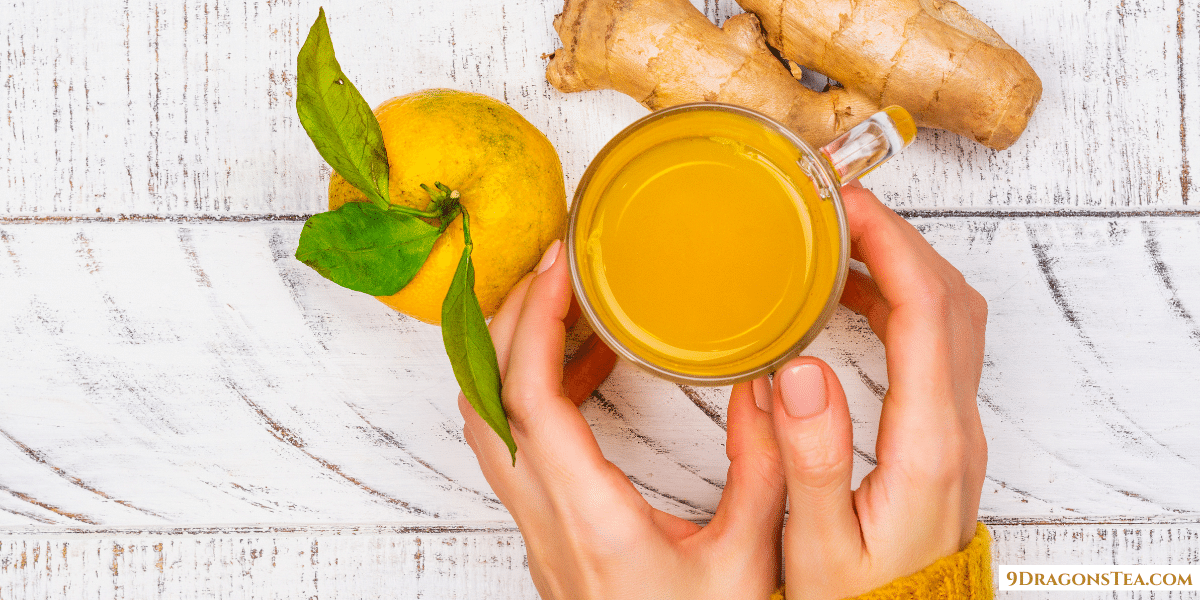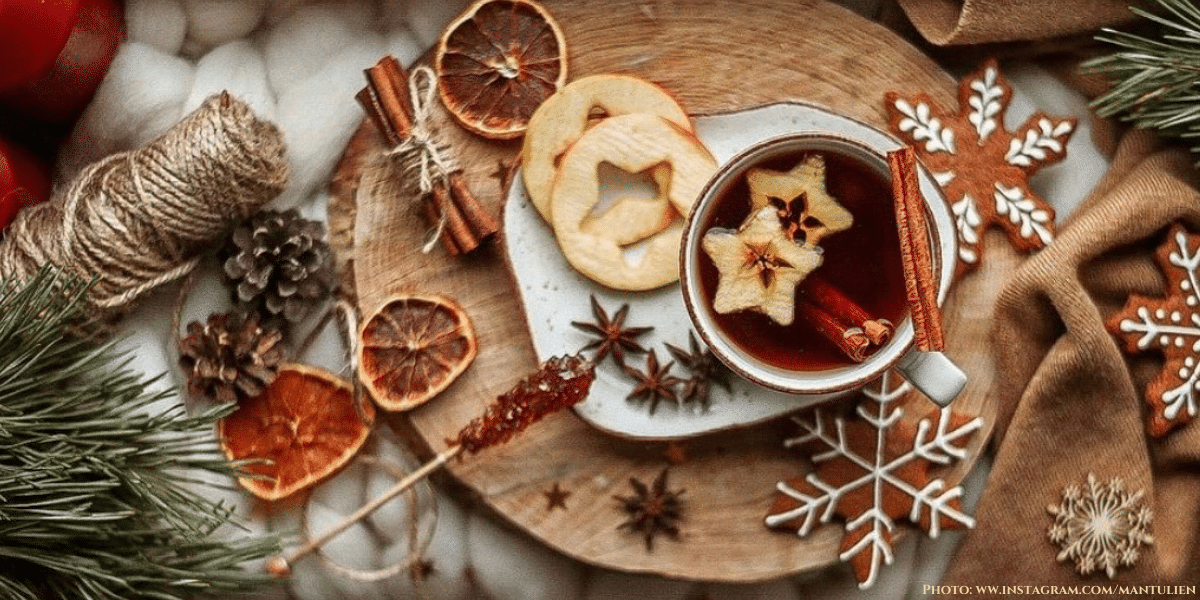
Amazing Ginger Tea Health Benefits
In China, they say ginger heals hundreds of ailments. Explore why this ancient root earns such high praises!
A sip of culture for your thoughts


Short answer, China.
If that’s all you needed to know, have a wonderful day. But there’s a bottomless brew to this simple answer. Keep reading.
If you search “Where and how was tea invented,” you’ll find various answers. Diverse origination claims include Japan, England, India, Sri Lanka (or Ceylon), Arabia, etc. Strange, right? A tea-loving American youngster once said to me that England was the birthplace of tea. Hmmm… You’d think that the origin of tea (the second most popular drink after water) would be better understood. Hence my motivation to write this article.
So why is tea’s origin so muddled? Well, when it comes to this divine plant, Camellia sinensis, things can get convoluted quite fast. How so?
Consider this:
The ancient art form of tea originated in a foreign land, a rich culture shrouded in secrecy and mystery for millennia. Her people spoke diverse languages in local/regional dialects numbering nearly a thousand; they often could not understand each other beyond their own village/region.
We are talking about ancient China, a vast country with rich resources that the West drooled over with envy and fascination ever since Marco Polo made his famous journey in the 13th century (Yuan Dyansty). The Celestial Kingdom opened her doors for foreign trade with Westerners for two centuries; then two wars were waged against China. Opium War I – a border-changing war — boiled down to this: “Tea For Opium.”
The English addiction to the divine Chinese drink emptied the Queen’s coffer. To keep the royal teapot flowing with tea, the mighty colonial empire sent a poisonous plant – opium from India – to get the Chinese addicted. This was a battle of the botanicals. The result? Among many things China lost, her biggest was her pride: Two centuries of humiliation, the Chinese called it. The country closed its borders to the outside world. China only re-opened her doors to the West with Richard Nixon’s visit in 1972.
So to get to the bottom of the bottomless tea well, you’d have to:
In short, you’re required to be sharply focused like a bloodhound, creatively agile like a squirrel, and fearlessly unstoppable like a honey badger.
So now it’s clear. Tea originated in ancient China. Just how old is “ancient”?
So yeah, pretty ancient. No wonder this millennia-aged teapot comes with a puzzling origin.
Did you know that up until the mid 19th century, China was the only country on the planet that knew how to cultivate and manufacture tea?
Before we explore the how, let’s get to know the who. The short answer is Shen Nung (sometimes spelled Shen Nong or Shennong 神農 in Chinese). Who’s that guy?
In Western society, there are not many children who can name someone who lived 5,000 years ago. They might throw out Moses, but he died 3,700 years ago. On the other hand, in China today, school children can name and explain why Shen Nong is such an important figure.
In Chinese culture, Shen Nung is revered as the Divine Emperor of Agriculture, the inventor of Chinese herbal medicine. In modern-day movie speak, Shen Nung is Yoda, Groot, and the wisecracking astronaut Mark Watney (played by Matt Damon in “The Martian”) all rolled into one.
One fateful day, Emperor Shen Nung was out and about as usual, searching for plants to study. He sat under a tree to rest and made a little fire to boil some water. Tea leaves gently floated from the tree down into the boiling water. Shen Nung tasted the tonic, noted its medicinal properties, and tea was born! Then tea took a couple of thousand years to become a household drink. Keep in mind, Shen Nung didn’t have social media or “Mad Men” to help spread the word!
A small sip of history — In China, tea was first cultivated by the Buddhist monks because tea came with gentle ways of keeping them alert while praying in the temple. Tea was work to achieve spiritual enlightenment. Similar to the French Cistercian monks who first cultivated grapes to make wonderful wine, the Chinese Buddhist monks cultivated and manufactured exquisite tea, both for consumption and as a means to support monastic life.
Then from this spiritual realm, tea spread to the people. Initially, tea was known as a Southerner’s drink, where the tea plants grew abundantly in the mild, warm climates. This popular drink was confined pretty much to the Southern regions of China for a couple of thousand years. <Yep! Not a typo.>
Can you imagine keeping such a secret for this long? Remember people were living in isolation then, efficient long-distance transportation was non-existent. There weren’t even horses around in China. The Grand Canal hadn’t even started construction until the 5th century. Printing press? Newspaper? Social media? Whoof. Forget it.
So how did people drink tea back then, like in the Han Dynasty? Well, back then, the Chinese people “ate tea!” Yep! Tea was made into soup, cooking it with ginger, scallions, and citrus peels. “Cups of tea” were served in bowls.
Tea was a commodity as food and a currency for trade.
Tea was routinely traded for horses, earning the name: “Tea For Horses Trade.” Tea leaves were processed and compressed into tea cakes for ease of transport, carried across thousands of miles along mountainous paths to neighboring countries such as Tibet – on foot!
Then something magical happened! About 1500 years ago, a temple orphan took to tea in an entirely new way. Tea-soup? Yuck! Lu Yu, the world’s original tea sommelier, made it his life’s work to author the first book on tea, Cha Jing, or Classic of Tea. Lu Yu promoted drinking tea, not eating it!
To this wise tea sage, tea was even more than a beverage. It was a philosophy, an art form – a way of life. From cultivation to processing, to tasting, basically “plant to cup.” Lu Yu thought of everything: proper drinking utensils, brewing methods, tasting notes, the correct type of spring water, optimal boiling temperatures, and so on. Lu Yu captured the sacrosanct nature of tea and all that she entails.
He called this “Chado” – the Way of Tea. This tea wisdom and tea ceremony spread within China like wildfires! The art of tea-making and tea-drinking evolved into higher arts. Lu Yu ground up the tea leaves into fine powders, then brewing them into an exquisite cup of tea.
During the Tang Dynasty, traveling Japanese monks took Chado home as souvenirs after studying in China. Deeply admired in Japan, Lu Yu’s Chado steeped there for about 700 years. By 1501, Chado took off, becoming what we know today as the Japanese Tea Ceremony. This world-famous tea tasting ritual uses ground-up Green tea, which the Japanese called Matcha green tea!
Tea became an art-form during the Tang Dynasty!
The sTEAmiest advancement happened in the 1300s during China’s Ming Dynasty — loose tea leaves were born! This leads to how we drink tea today! Then, two centuries later, another stunning invention in a remote Chinese village shook up the West – Black tea! Remember the Boston Tea Party where tea was thrown into the harbor? Every chest of tea came from China. That’s right, tea fueled the colonists’ spirit of independence and sparked the American Revolutionary War against Great Britain.
Today, Black tea ranks the most popular tea enjoyed by people all over the world. How was Black tea invented? What’s the story on tea’s journey to Europe? Great questions! Turns out, this rarely told story involves a Portuguese princess, an English king, a Scottish tea-hunter, a river of time spanning across 300 years of tea trade, and gazillions of tea leaves…
Isn’t TEA fascinating? And this is only the TEAppy-Top of the iceberg! Somebody should make a movie about this cuppa. Oh, that’s right, we DID! Here’s the documentary trailer for 9 DRAGONS TEA.
I can hardly wait for you to watch this film! Happy sipping,
Brimming with ZEST. Consummate cultivator of ideas from sparks to fruit-bearing adventures. I love pursuing worthy causes elevating the human spirit. Care to join me for tea?

In China, they say ginger heals hundreds of ailments. Explore why this ancient root earns such high praises!

Tea! Bless ordinary everyday afternoon tea! – Agatha Christie

A perfect party tea recipe!

You know how great a perfectly sweetened Chai tastes, right? This Hot Spiced Tea recipe
Join the Tea Party
Get exciting news on the film and
special events poured straight into your inbox.
9 DRAGONS TEA is a registered trademark & © 2020-2024 ActionFliks Media Corp. All Rights Reserved. | Privacy Policy | Terms of Use
9 DRAGONS TEA is a registered trademark & © 2020-2024 ActionFliks Media Corp. All Rights Reserved. | Privacy Policy | Terms of Use